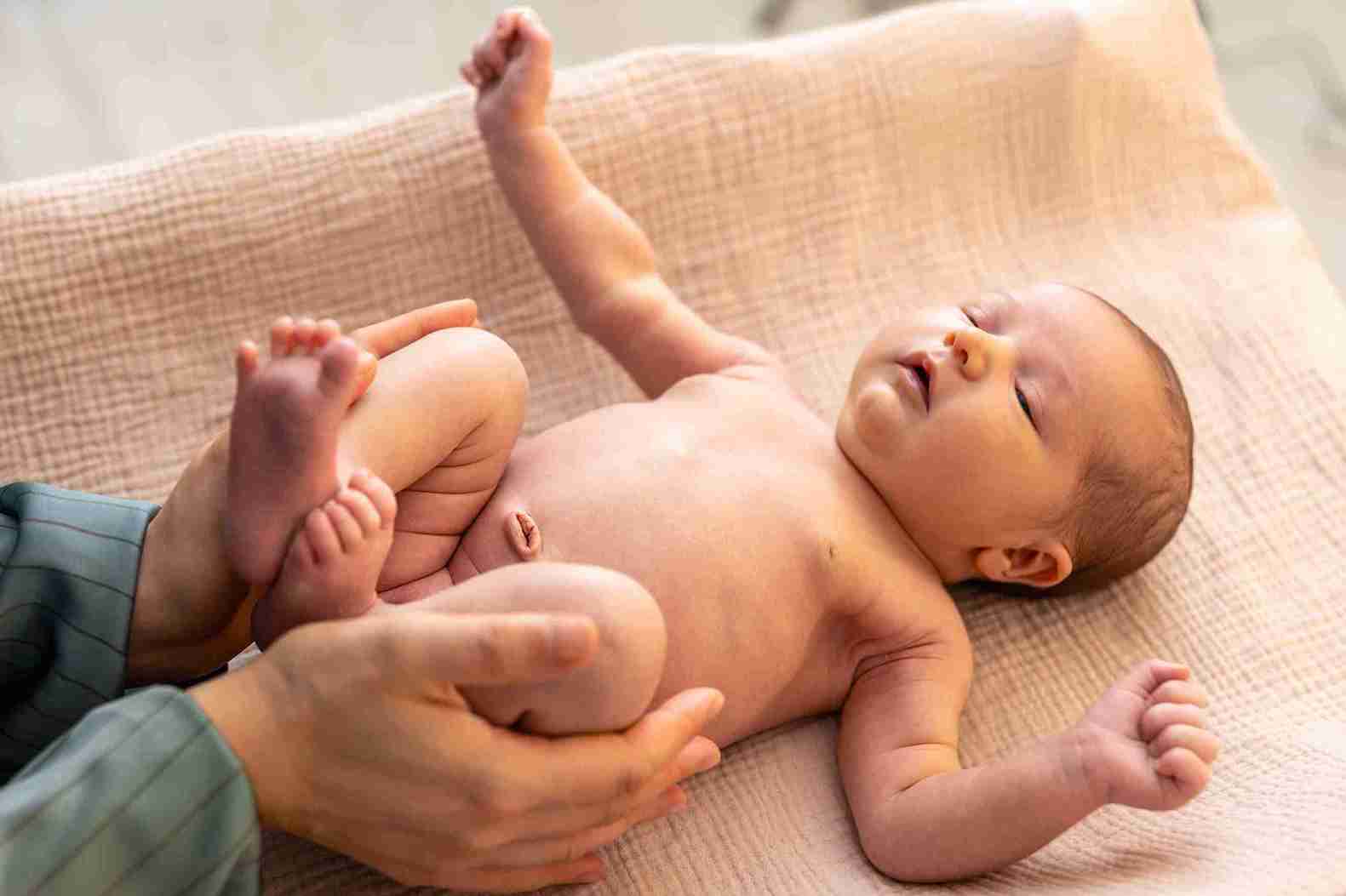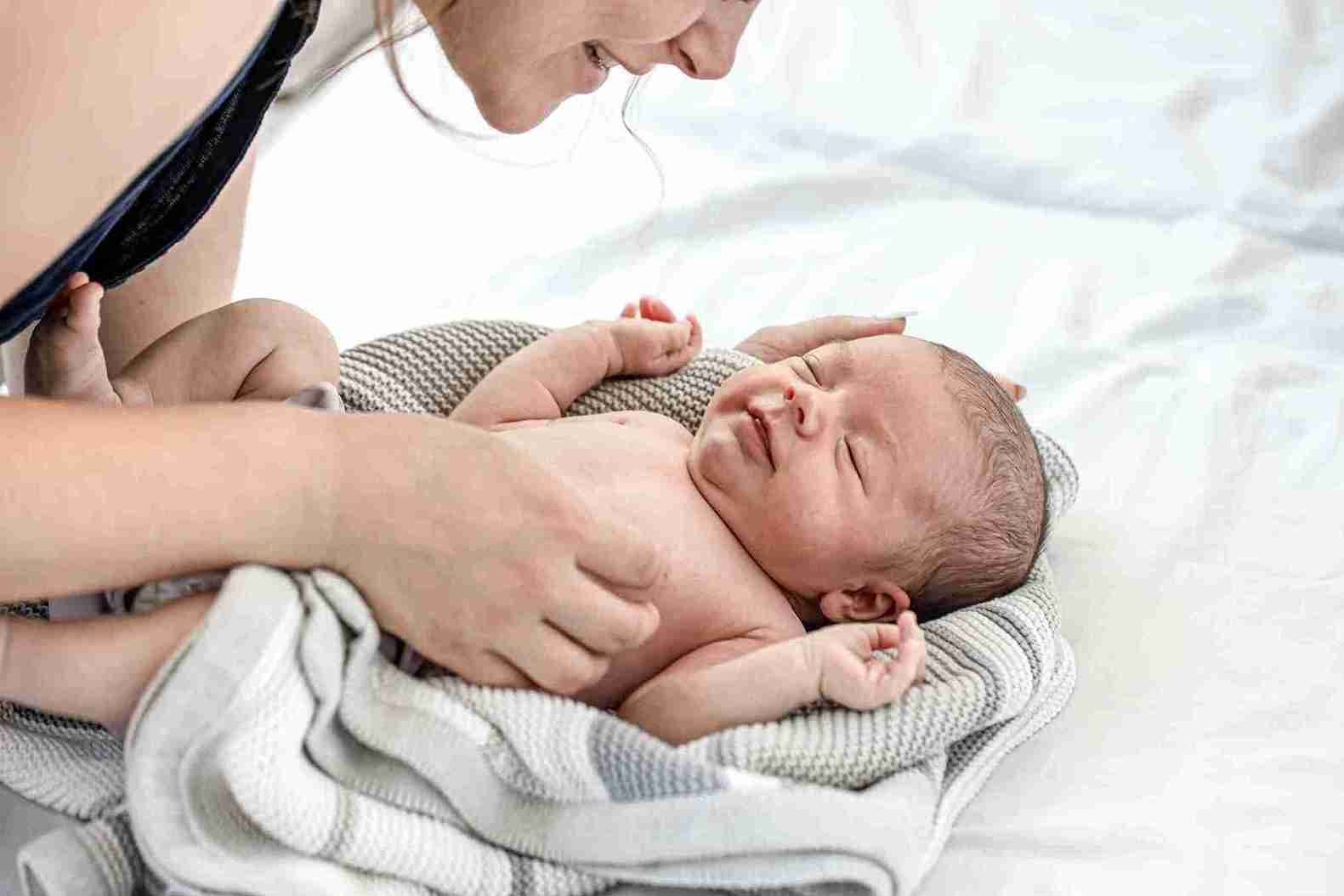
From birth, a newborn’s body exhibits several instinctive reflexes which serve as early markers of proper neurological growth. Among the most familiar is the Moro reflex, or startle reflex. This involuntary response, typically initiated by rapid motion or loud sound, is crucial in ensuring a newborn's initial survival and adjustment outside the uterus. For first-time parents, seeing this reflex present can be puzzling and raise questions, such as when the startle reflex disappears and what if it appears too intense or too weak.
Having an understanding of this reflex enables caregivers to monitor developmental milestones more effectively and seek prompt medical consultation when necessary.

The Moro reflex is an involuntary motor response typically seen in newborns. It is part of a group of primitive reflexes that originate in the central nervous system and are essential for early development. When a baby is triggered, usually by a loud sound, sudden movement, or a sensation of falling, the baby responds with a dramatic flinging out of the arms and legs, followed by drawing them back in, accompanied by crying. It is one of the earliest signs of a healthy nervous system in newborns.
There are three distinct Moro reflex components that make it recognisable:
These movements simulate an instinctive effort at restoring balance , a supposed survival reaction from evolutionary days.
The Moro reflex can appear in different ways depending on the baby’s condition or state at the time.
Identifying these forms helps determine whether a child's nervous system is maturing normally.
Understanding when the startle reflex disappears assists parents in differentiating between normal developmental phases and possible warning signs.

An exaggerated Moro reflex can be more pronounced than normal and might point to a variety of conditions or transient disruptions.
Signs to Notice:
Although the words are used synonymously, there's a nuance:
The startle reflex becomes more sophisticated with age, and the Moro reflex is lost with the maturation of the nervous system.
You must see a paediatrician if:
At Cloudnine Hospitals, we understand that each baby's development path is different. Our neonatologists and paediatricians are qualified to evaluate reflexes, such as components of the Moro reflex, in order to track brain and nerve development from the very first day.
With state-of-the-art neonatal care units, careful developmental screenings, and parental counselling sessions, Cloudnine makes sure that your baby's reflexes and every overall milestone are all closely monitored and nurtured. Parents recieve frequent updates and professional advice to ensure their baby's growth complies with medical standards.

The Moro reflex is a necessary component of an infant's developmental blueprint. As surprising as it is for parents and the baby, it's a strong sign of neurological wellness. Observing abnormal symptoms such as exaggerated Moro reflex, and being informed about normal Moro reflex elements can let parents feel secure within those initial months.
Since the Moro reflex disappears by about six months, it's replaced with more intentional movements, a thrilling new chapter in your baby's development. If you ever feel uncertain about what's normal, expert pediatric care is what sets everything right.
Need expert paediatric advice? Schedule an appointment at Cloudnine Hospitals today and provide your baby with the best possible start in life.

A paediatrician carefully tilts the baby’s head slightly back or causes a startle (such as making a sudden noise) to watch the reflex. The arms must extend and then withdraw.

Causes are sudden motion, loud noise, or the feeling of falling.

It's called the Dr. Ernst Moro reflex, named after the Austrian paediatrician who first identified it in 1918.

Swaddling might help minimise the reflex at night. Establishing a tranquil, safe environment also limits unnecessary stimuli.